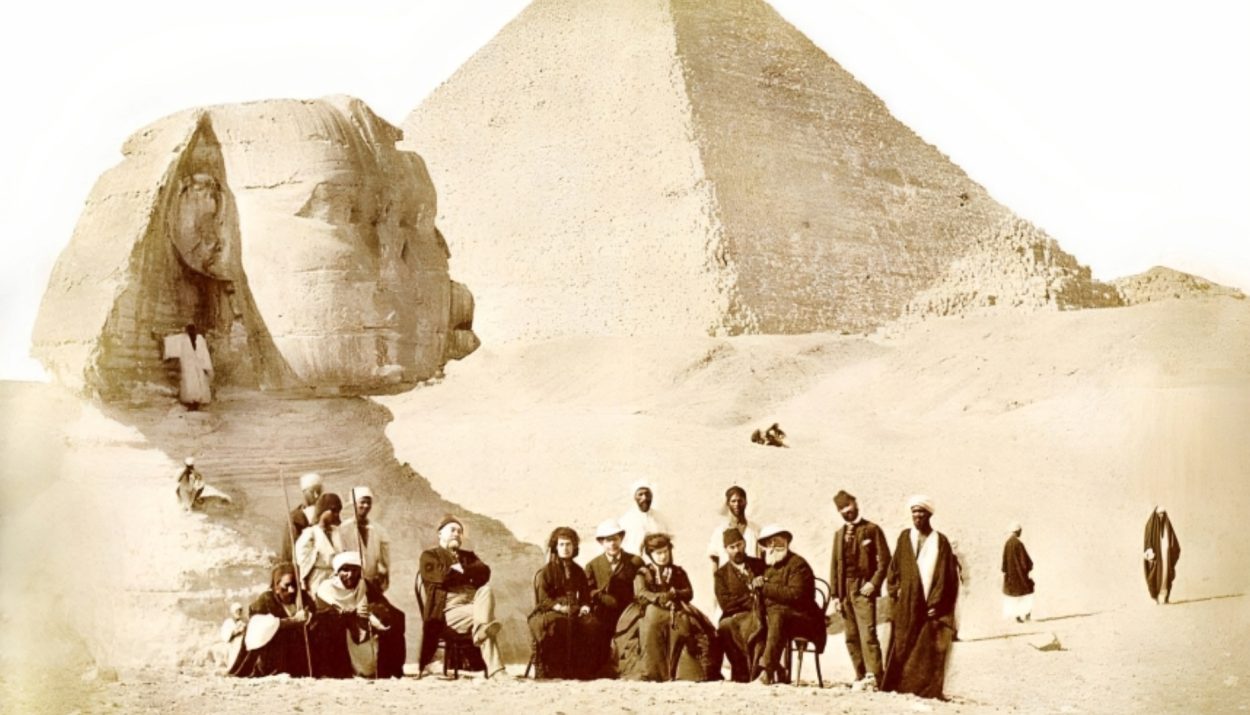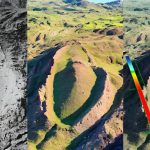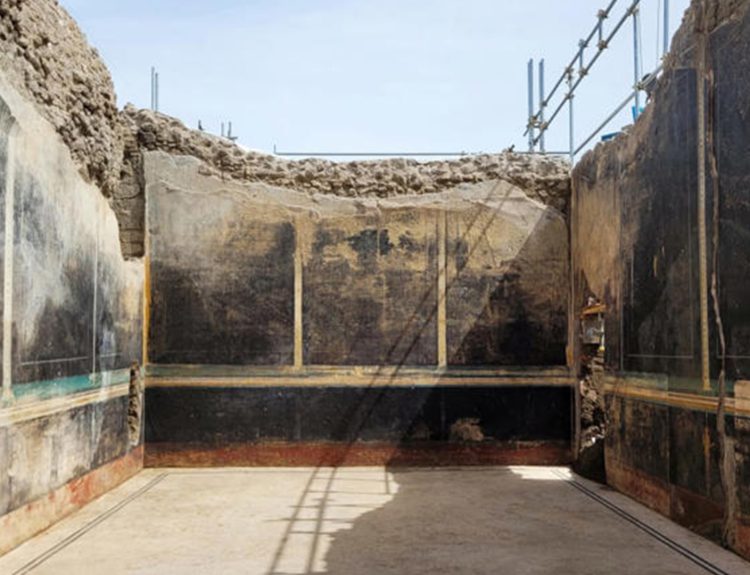The Great Sphinx of Giza is a statue that has drawn visitors from all around the world. The statue itself is even older than that, dating further back than 2000 BCE. It’s generally agreed upon that the famous face of the Sphinx was carved by human hand, but how the body itself was built is a question that has stumped researchers for decades. Now, it appears that there may be an answer to that question.
A Statue That Goes Back Millenia
Archaeological evidence suggests that the Sphinx was first built around 2500 BCE for the pharaoh Khafre, who was the builder of the Second Pyramid of Giza. The Sphinx is a monolith, meaning a sculpture in one piece, that was carved out of the limestone bedrock that also served as a quarry for the pyramids and other monuments.
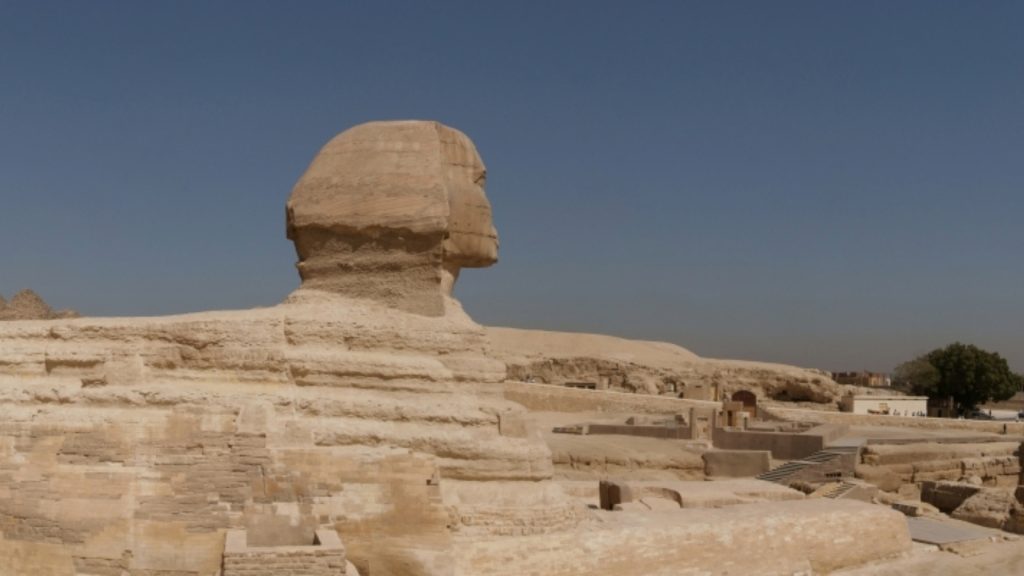
Many scientists believe that the head of the Sphinx was carved out of a natural rock formation that had initially been sculpted by the wind. The question of the body of the Sphinx has puzzled archaeologists for years, though, and new research out of NYU may have the answer to the question of the body of the Sphinx.
A Long History to Dig Through
For decades, the assumption was that the body of the sphinx was quarried out after the head was initially carved. Stones that were theoretically cut from the body of the sphinx were used to construct a temple in front of it, though the temple was never completed.
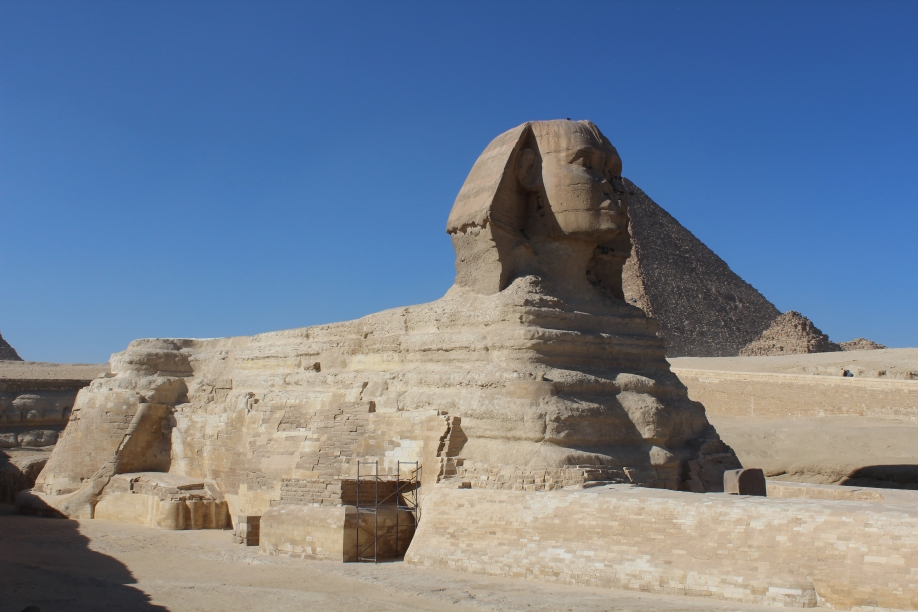
Scarcity of materials around the time of initial construction of the statue calls into question whether the temple was created at the same time of the statue head, as well. There’s no evidence to suggest that a Sphinx cult existed at the time of its creation, and records show that the Khafre funeral complex predates the creation of the Sphinx.
Digging Through The Timeline
The timeline of the Khafre funeral complex being built is important in regards to the sphinx for one major reason. In order for the funeral temple to be created, the northern perimeter wall of the Khafre Valley temple had to be deconstructed to make room for it.

A connecting causeway between the Khafre funerary complex and the Valley temple was constructed, and the angle of the Sphinx southern wall enclosure suggests that this causeway was in place when it was first built. Therefore, it follows that the Sphinx was built after the funeral complex, calling into question both the timeline of structure as well as the intent.
Hidden Away For The Time Being
The sphinx was later buried by sand dunes, and had to be excavated again by a young pharaoh who gathered a team to dig out the paws. A shrine was constructed between the front paws of the Sphinx, and the statue itself was dedicated to the Egyptian sun god, Harmachis.

A temple was constructed northeast to the Sphinx nearly a thousand years after that initial excavation. The pharaoh Amenhotep II, who ordered the construction of the temple, dedicated it to the cult of Harmachis, forever cementing the association with the Sphinx in history.
Modern Scholars Aren’t The Only Ones Who Were Fascinated
A cult of the Sphinx sprang up in the time after that, and there are writings following their beliefs and activities up through medieval times. During all these years, though, the descriptions of the Sphinx bordered on mystical. Travel was challenging during this time, making it difficult to validate some writings.
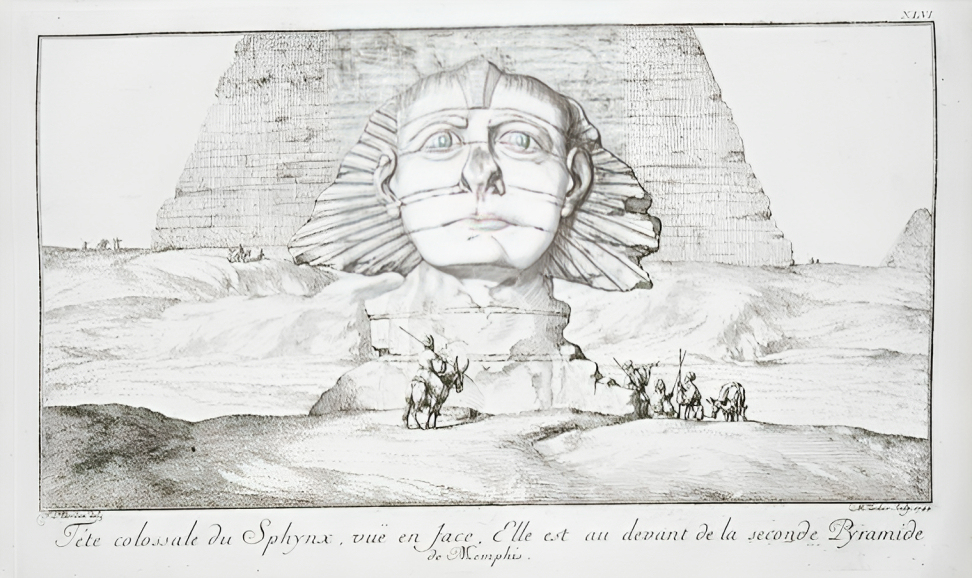
It wasn’t until the late 19th century that the first excavation dig was sent to Egypt with the pure intent to dig out the base of the Sphinx. The first dig in 1817 exposed the chest and front paws of the Sphinx, and the statue was finally fully dug out in the 1930’s by Egyptian archaeologist Selim Hassan.
Restorations Have Saved the Statue From Destruction
Fascination with the enormous statue led the Egyptian government to lead a team of sculptors to work on a restoration project of the Sphinx around the same time as its excavation. In the 20’s, erosion had caused part of the headdress to fall off, which also cut deeply into the neck of the statue.
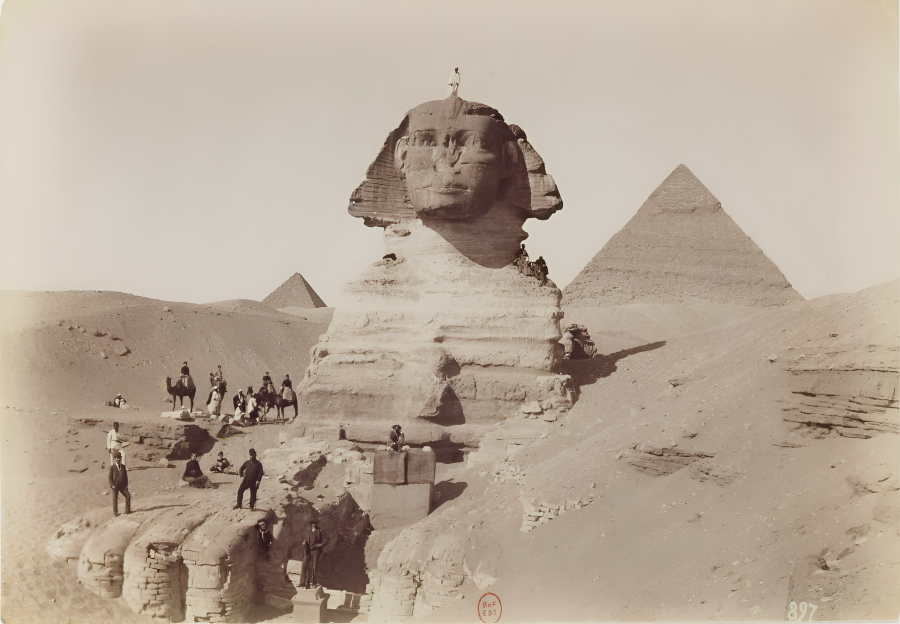
This wasn’t the first or only time that the Sphinx had to be repaired by human intervention, either. Later restorations took place in the 80’s and the 90’s, respectively, fixing various parts of the raw stone body that still, to this day, fascinates researchers.
A Puzzling Question
The question of how the body was initially created has puzzled researchers for years, not simply because of the questions around the timeline of its creation. The idea that the body and head were fully dug out or created by human hands seems implausible, and an alternate theory was proposed in the 80’s.

In 1981, a theory was proposed by a geologist named Farouk El-Baz. He suggested that the body and head of the Sphinx had been created initially not by human hand, but by wind naturally eroding the sand and exposing the limestone underneath.
Contemporary Research into a Decades Old Theory
This theory led to research recently done out of NYU. A paper that has been accepted for publication by the journal Physical Review Fluids posits that erosion is what initially created the massive, layered body of the Sphinx.
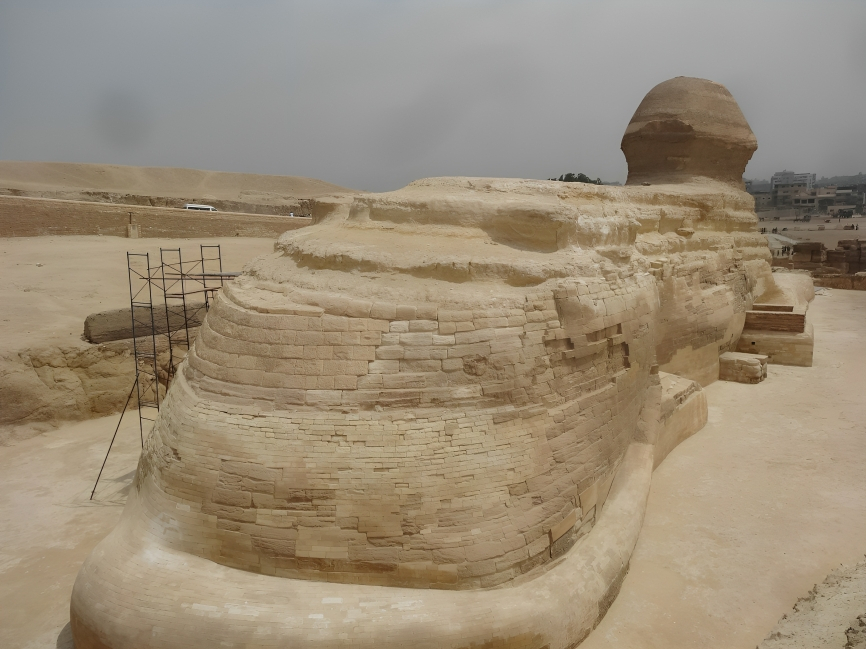
The paper suggests that surprisingly animal-like shapes can be created by fast flows of wind, eroding away softer materials and leaving harder materials – like limestone – in place. The researchers used fast flowing water and soft clay with harder materials embedded within to simulate the environment.
The Results Were Thrilling, and Unsurprising
What the team discovered was that, given enough time and consistent erosion by the water, the sand and clay formations eventually wore down into shapes that appeared to be surprisingly animal-like. The water created a structure that resembled a lion’s head, an undercut neck, paws stretched out in front, and an arched back type structure.
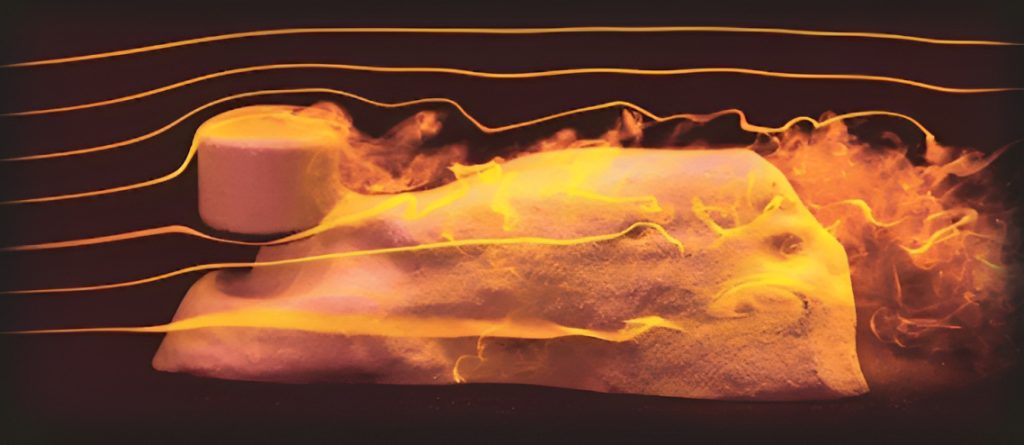
The experiment supported the initial hypothesis, much to the joy of the researchers. One of the leading scientists even pointed out that there are contemporary yardangs – carvings of bedrock – that resemble animals in the same way that the sphinx does.
Exciting Theories Solved by Data
The research reveals some exciting information. First, that the Sphinx itself was likely already existence in raw form when the Egyptians stumbled upon it. The question of what caused the Egyptians to view the rock form as an enormous animal may never be answered, though.
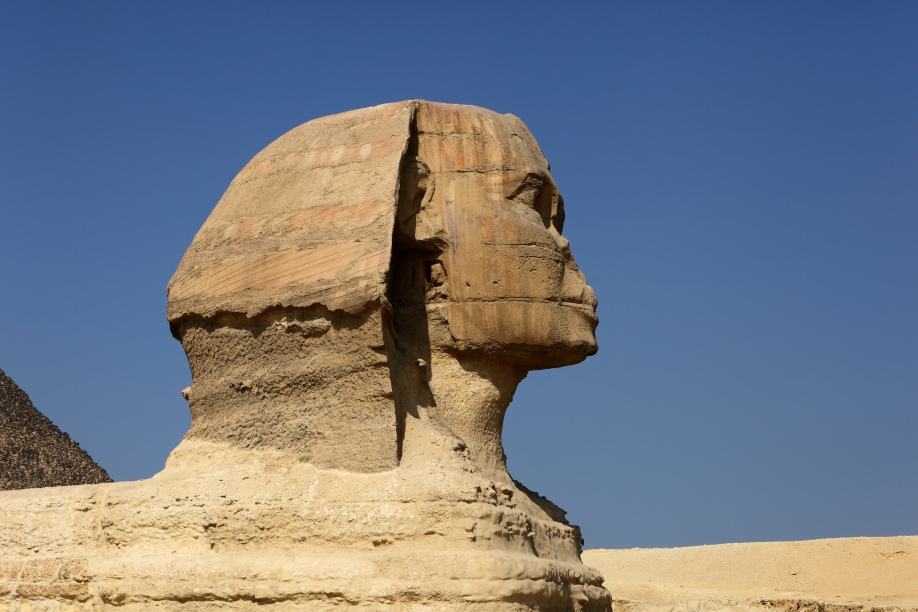
On a deeper level, the research informs modern scientists more about the composition of rocks and informs on factors that create rock formations. Namely, it suggests that the shape of formations is largely dependent on the composition of the rock, with softer materials eroding and creating interesting shapes long before harder materials do.
Not the First Question About the Statue, or the Last
The questions surrounding the Sphinx don’t stop at the curiosity about how it was initially formed in the first place. The question of the missing nose from the sculpture has been one that has long persisted in researcher’s minds.
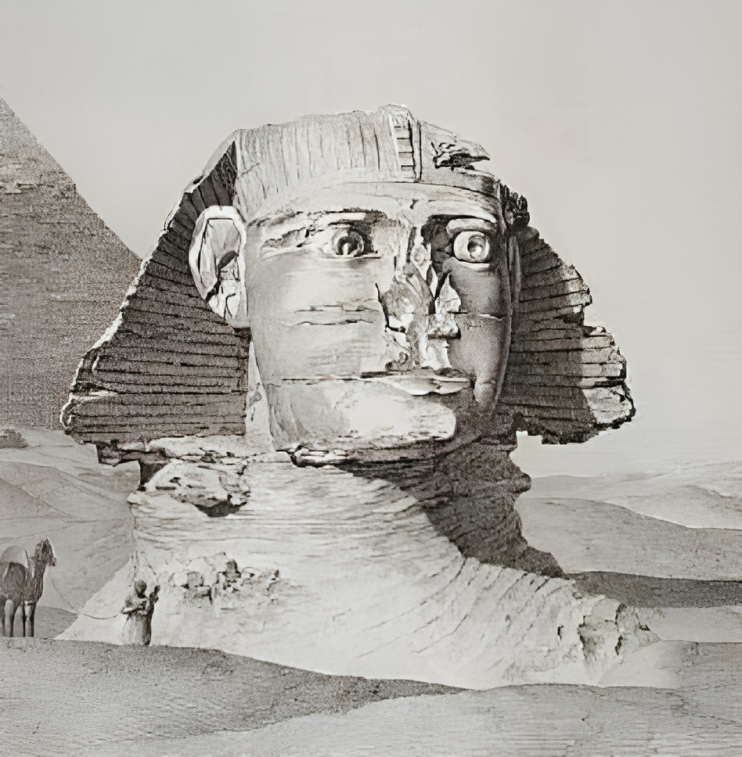
One story suggests that the nose may have originally gone missing during the reign of Napoleon Bonaparte. The tale goes that an errant fire of cannonball is what took the nose off, but historical drawings refute the story. Artist renderings done in 1737 show that the nose of the Sphinx was already gone, which predates Napoleon by almost 60 years.
Destruction Still Unexplained
Other ideas suggest that the nose was defaced by local peasants in the fourteenth century to make offerings to the Sphinx in the hopes of earning prosperity. Other writings suggest that the intentional destruction of the nose of the sphinx resulted in the Alexandrian Crusade as retribution.

Regardless of the initial intent of the defacement of the sphinx, the fact remains that the nose has been missing for centuries. Scholars have never been able to recover the nose, though other missing parts of the sphinx have been recovered and are on display in various museums around the world.
We’ll Never Answer All Our Questions, and That’s Okay
The mystery of the Sphinx statue will likely never be fully explained. The ancient history of the icon means that many details and facts are likely lost to history, never to be recovered by modern historians and geologists.
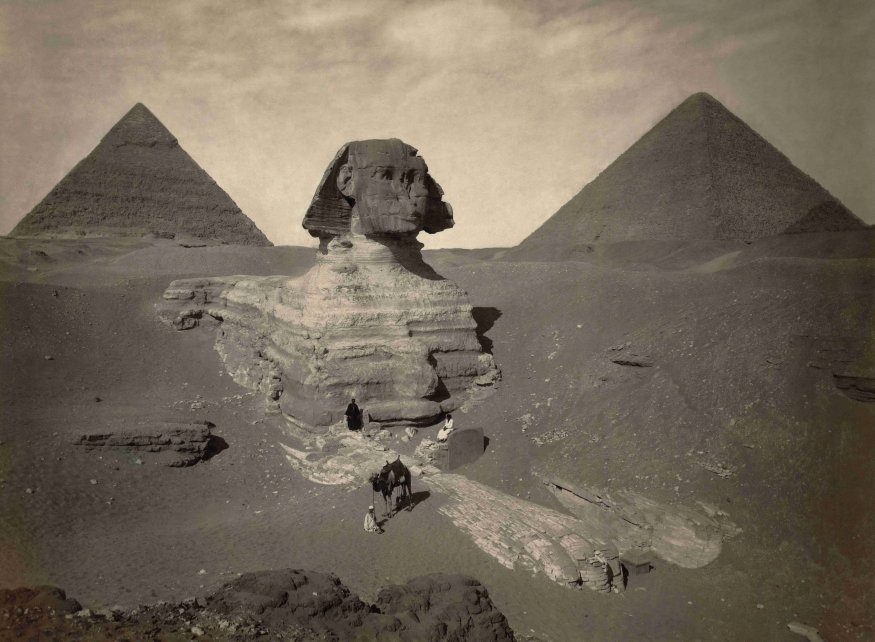
Regardless, it is still a fascinating icon in Egyptian history, one that is puzzling to think about and awe-inspiring to see. 14.7 million people travel to Egypt to tour Giza every single year, meaning that millions of people are exposed to the wonder and history of the Sphinx. Regardless of how it came into being, it’s a staple in Egyptian culture that cannot, and should not be ignored.

